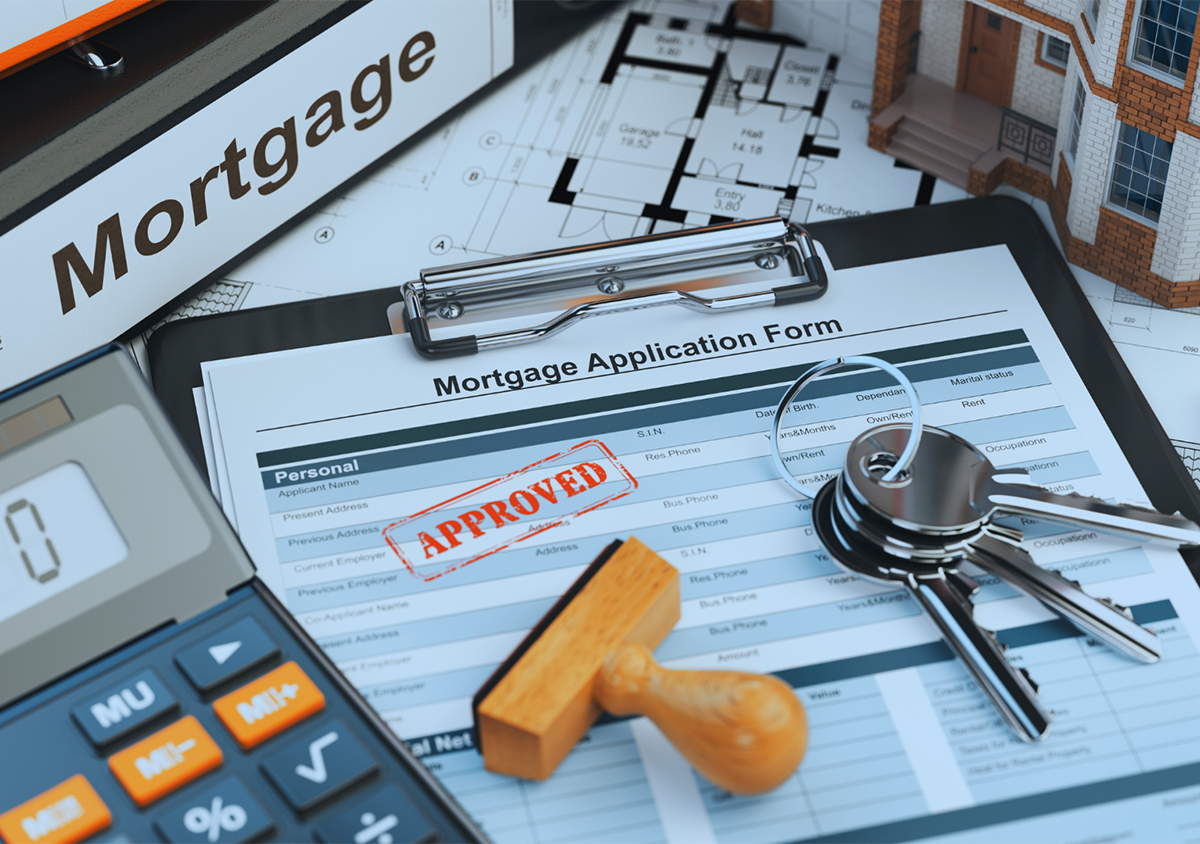How to Get Prequalified for a Mortgage

One of the first steps on the journey to homeownership is securing a mortgage. Before you start searching for your dream home, it’s important to understand your financial standing and get prequalified for a mortgage. Prequalification not only gives you a clear picture of what you can afford but also strengthens your position as a serious buyer in the competitive real estate market. In this guide, we’ll walk you through the process of getting prequalified for a mortgage, help you understand the difference between prequalification and pre-approval, and provide you with tips to enhance your home-buying experience.
Understanding Prequalification
Prequalification is a preliminary assessment of your financial situation by a lender. It gives you an estimate of how much you might be able to borrow based on the information you provide about your income, debts, assets, and credit score. Keep in mind that prequalification is not a guarantee of loan approval, but rather an initial step in the mortgage process.
Prequalification vs. Pre-Approval: Understanding the Difference
Prequalification and pre-approval are both initial steps in the mortgage process, but they serve different purposes. Prequalification is a preliminary assessment of your financial situation based on the information you provide. It offers an estimate of how much you might be able to borrow.

On the other hand, pre-approval is a more rigorous process. It involves a thorough review of your financial documents, including income, assets, debts, and credit score. Pre-approval provides a conditional commitment from a lender, specifying the exact loan amount you’re eligible for. This carries more weight when making offers on homes, as it shows sellers you’ve undergone a comprehensive evaluation and are a serious buyer.
In essence, prequalification gives you a ballpark figure, while pre-approval provides a stronger commitment and greater confidence when pursuing your dream home.
1. Gather Your Financial Information
Before reaching out to lenders, gather the necessary financial documents. These typically include:
- Proof of income (pay stubs, tax returns)
- Documentation of assets (bank statements, investments)
- Details of debts (credit card balances, student loans, car loans)
- Personal identification (driver’s license, Social Security number)
2. Research Lenders
Research and compare different lenders to find the one that suits your needs. Look for lenders who offer competitive interest rates, favorable terms, and excellent customer service. Online tools and resources can help you compare loan options and calculate potential monthly payments.
3. Contact Lenders
Reach out to your selected lenders to begin the prequalification process. You can do this over the phone, in person, or through their website. Be prepared to share the financial information you’ve gathered.
4. Provide Information
During the prequalification process, the lender will ask you about your income, assets, debts, and expenses. They will also review your credit report. This information helps them determine a preliminary estimate of the mortgage amount you could be approved for.
5. Receive a Prequalification Letter
If the lender is satisfied with the information you’ve provided, they will issue a prequalification letter. This letter outlines the estimated loan amount you might qualify for based on the initial assessment. This letter is not a commitment to lend, but it shows sellers that you are a serious and qualified buyer.
6. Use the Prequalification to Your Advantage
Armed with a prequalification letter, you can confidently shop for homes within your budget. Sellers are more likely to take your offer seriously when they see that you’ve taken the steps to prequalify for a mortgage.
7. Keep Your Finances Stable
Remember that prequalification is based on the information you provide. To maintain your prequalification status, avoid making major financial changes such as quitting your job, taking on new debts, or missing bill payments.
Getting prequalified for a mortgage is a crucial step in the home-buying process. It gives you a realistic understanding of your budget and enhances your credibility as a buyer. By gathering your financial documents, researching lenders, and communicating effectively, you can navigate the prequalification process smoothly. Use the prequalification letter to your advantage as you embark on the exciting journey of finding your new home.
While prequalification equips you with the financial knowledge needed to start your home search, another essential ally in your home-buying journey is a qualified real estate agent. Here at Paradigm21 Realty, we specialize in making your home-buying experience as seamless as possible.
Our experienced agents not only understand the local market inside and out but also have a keen eye for matching clients with their ideal properties. With a focus on personalized service, our team at Paradigm21 Realty is committed to guiding you through every step of the process, from identifying potential homes to negotiating offers and ensuring a smooth closing. We take pride in turning your homeownership dreams into reality, combining your prequalification knowledge with our expertise to help you find your perfect home.




